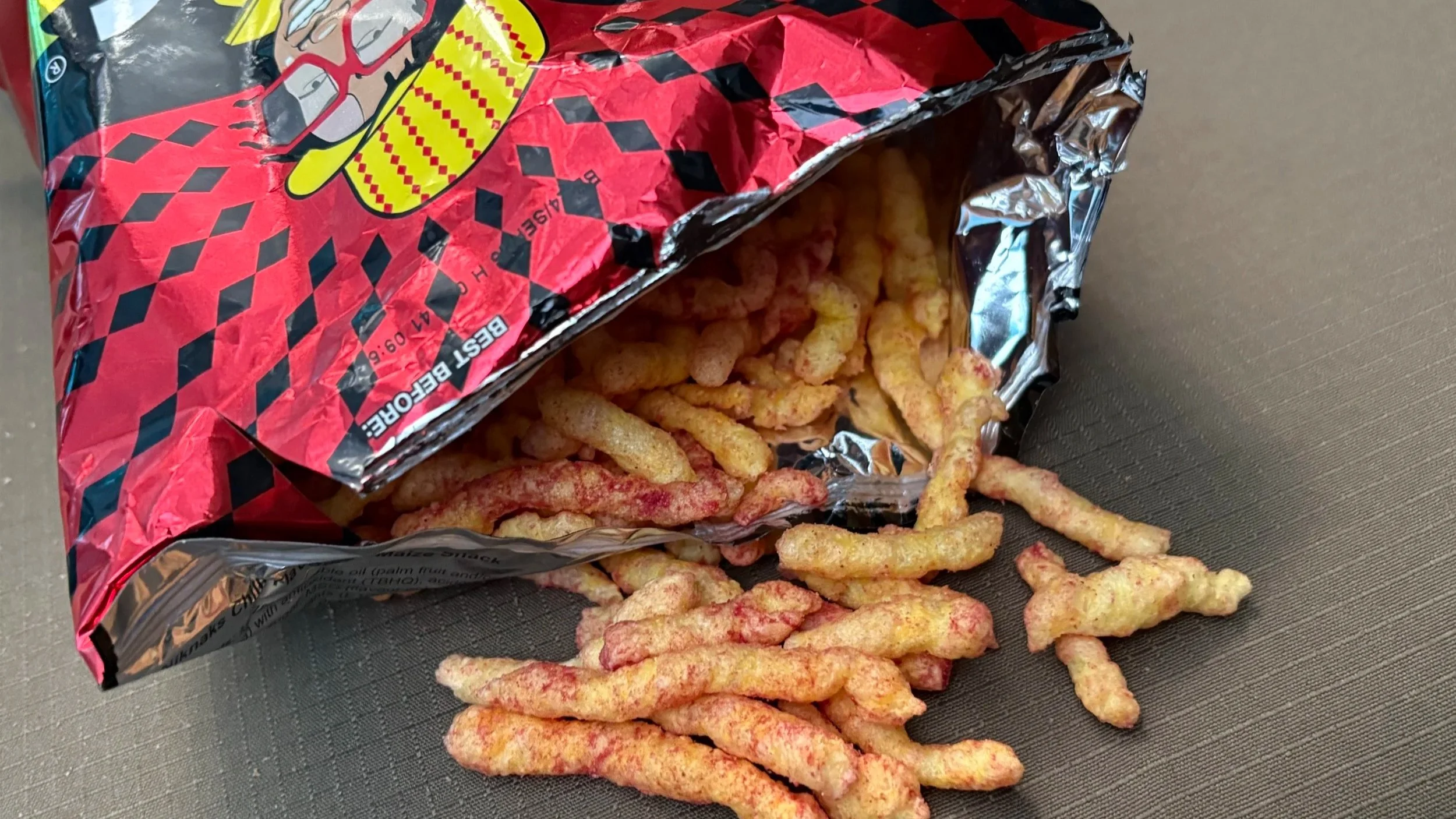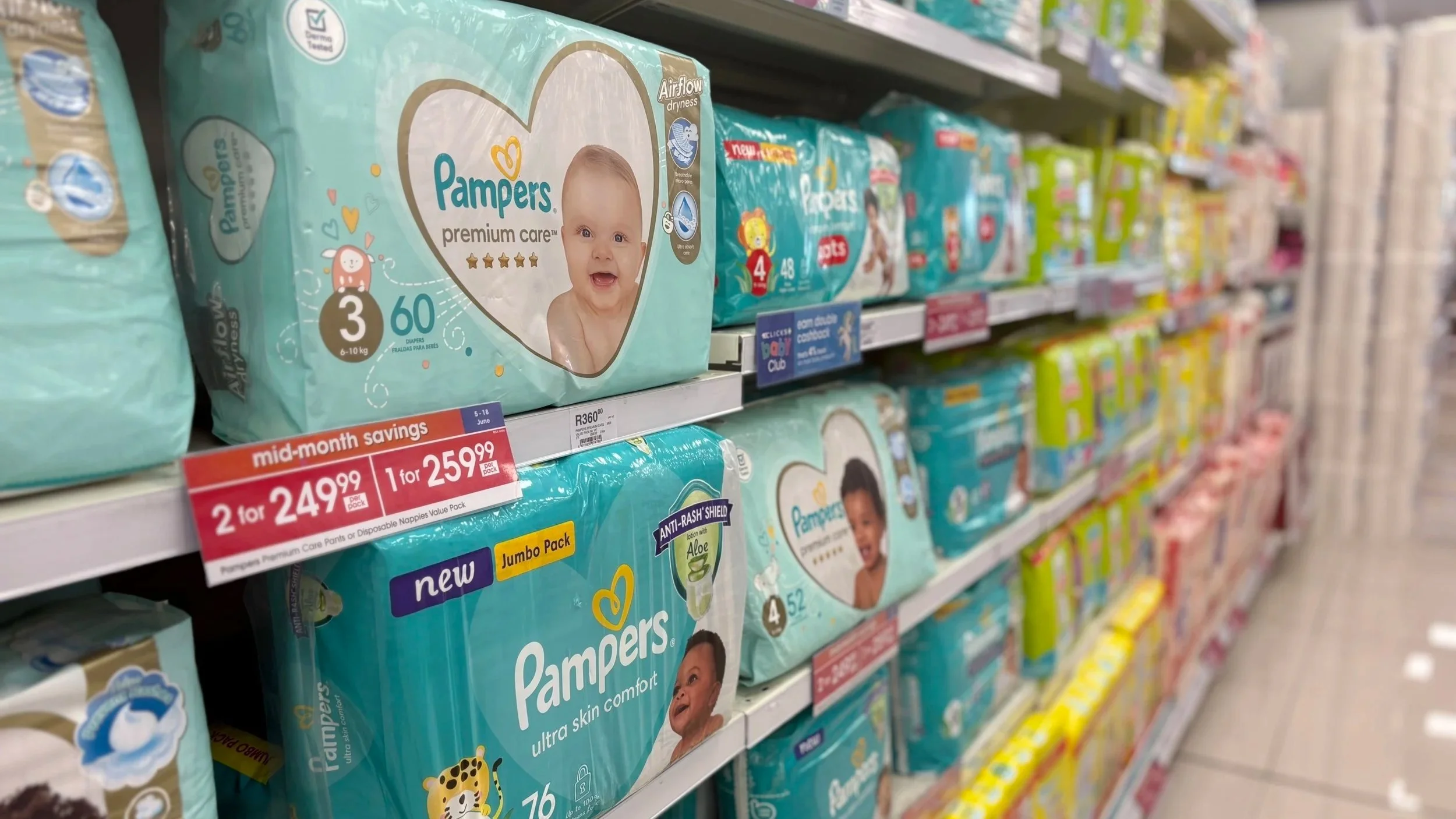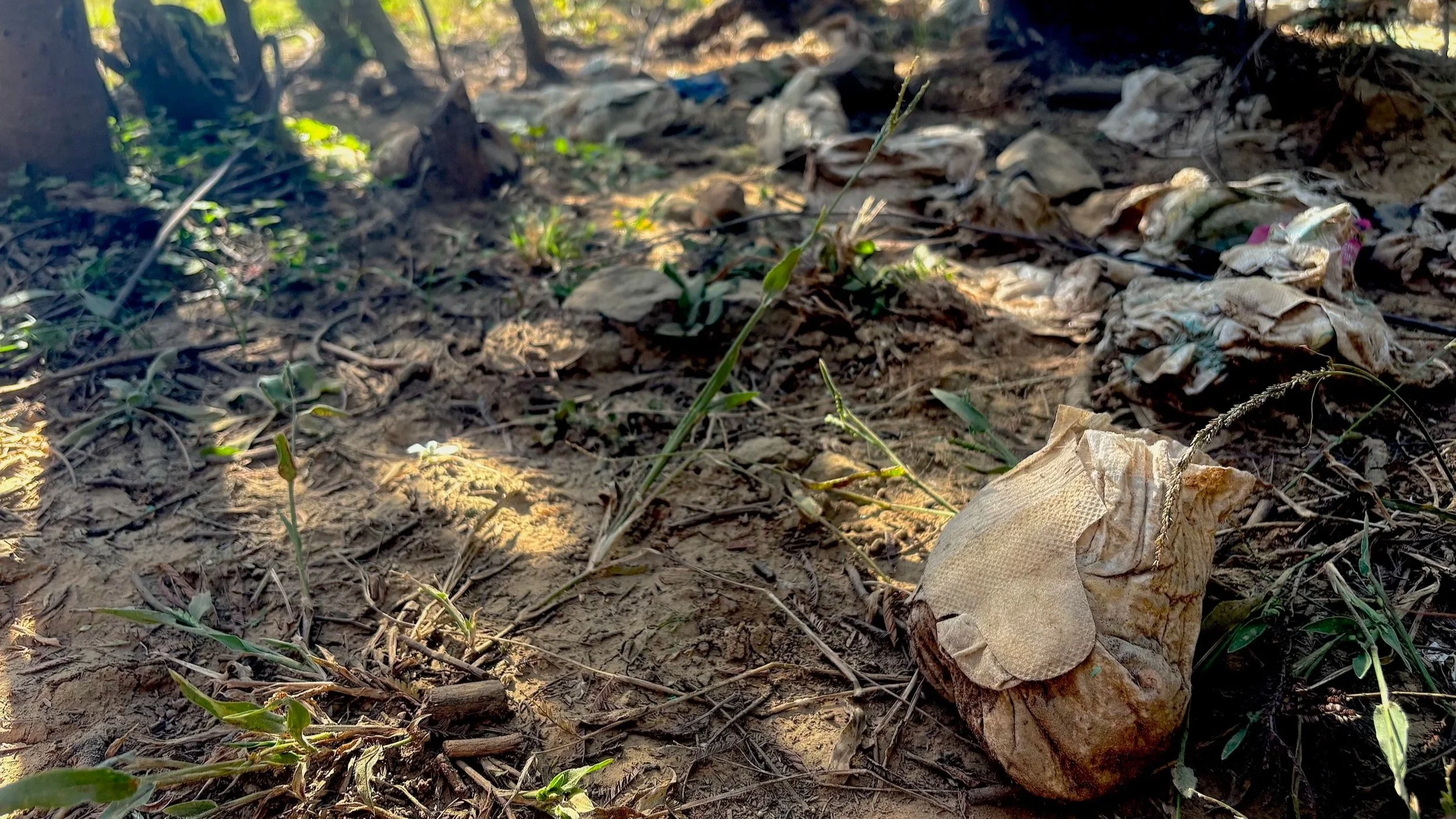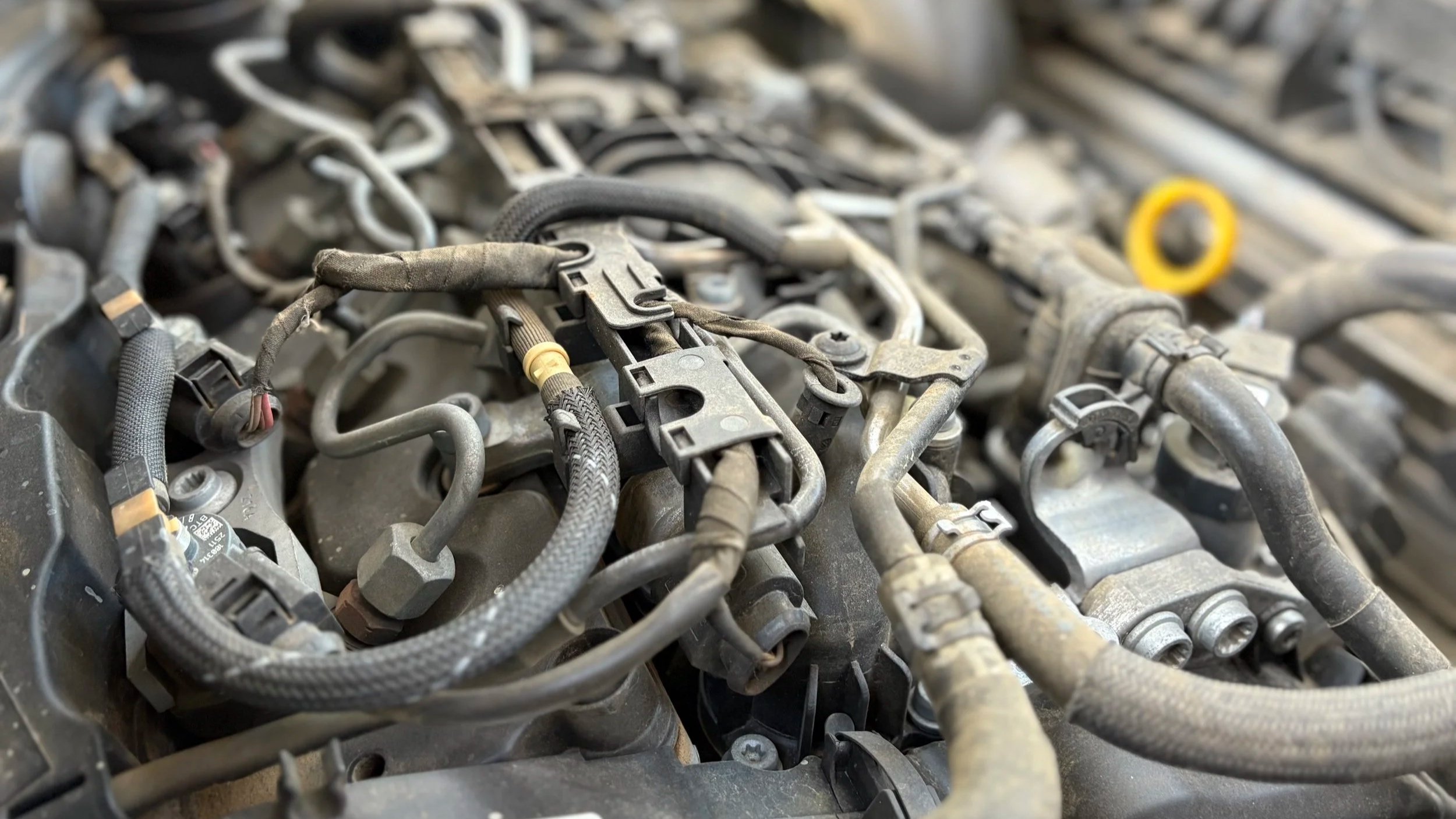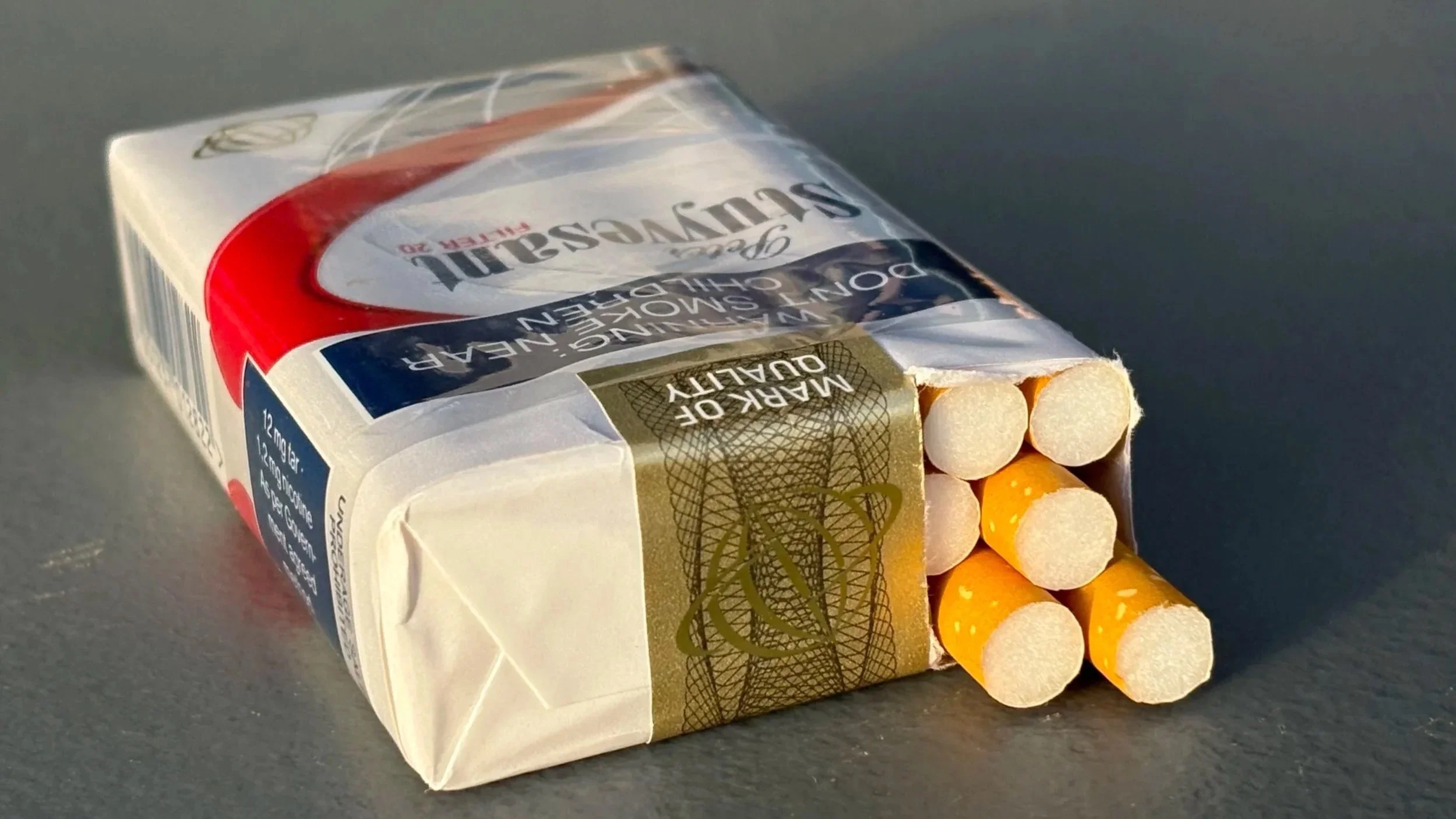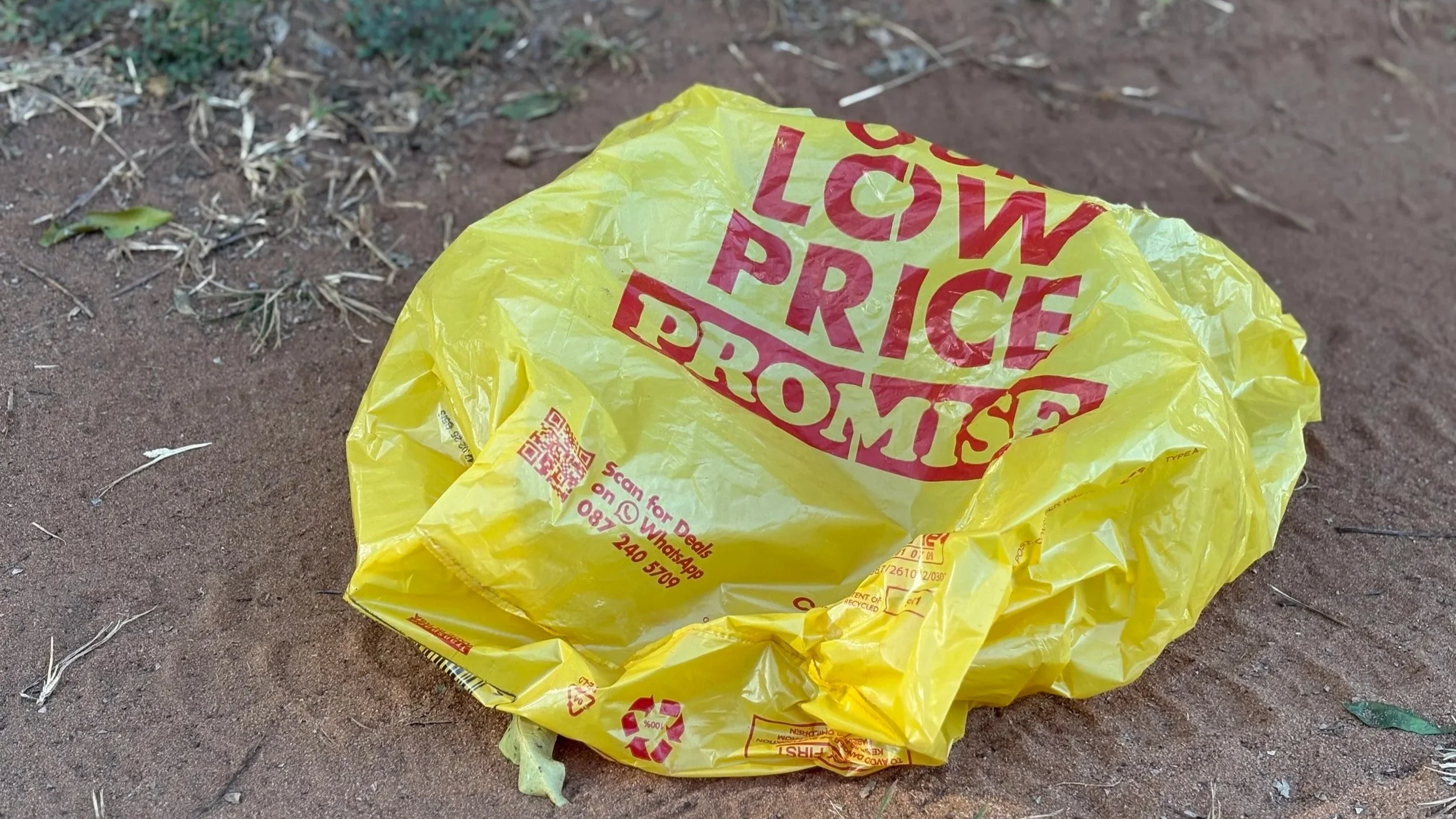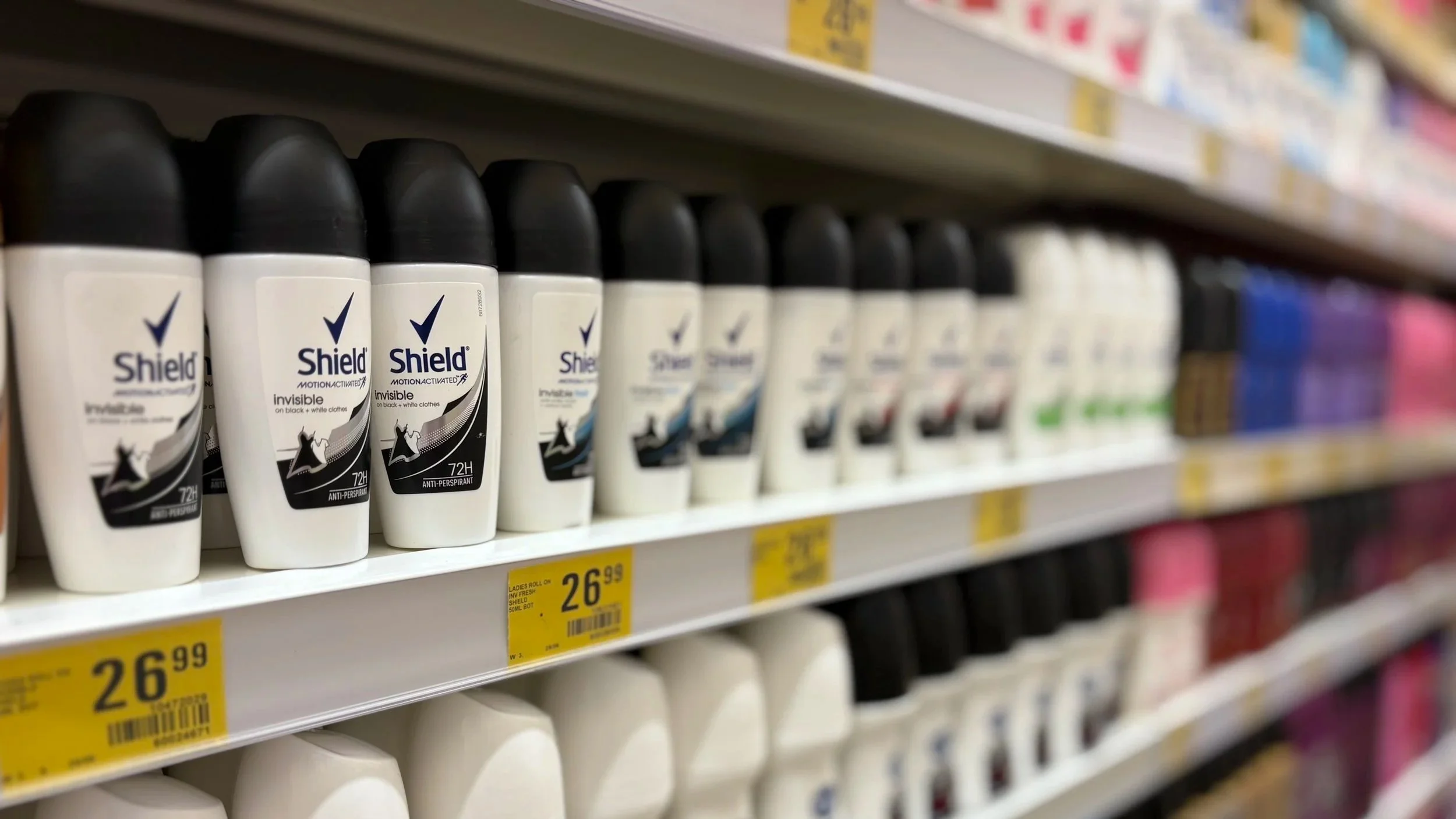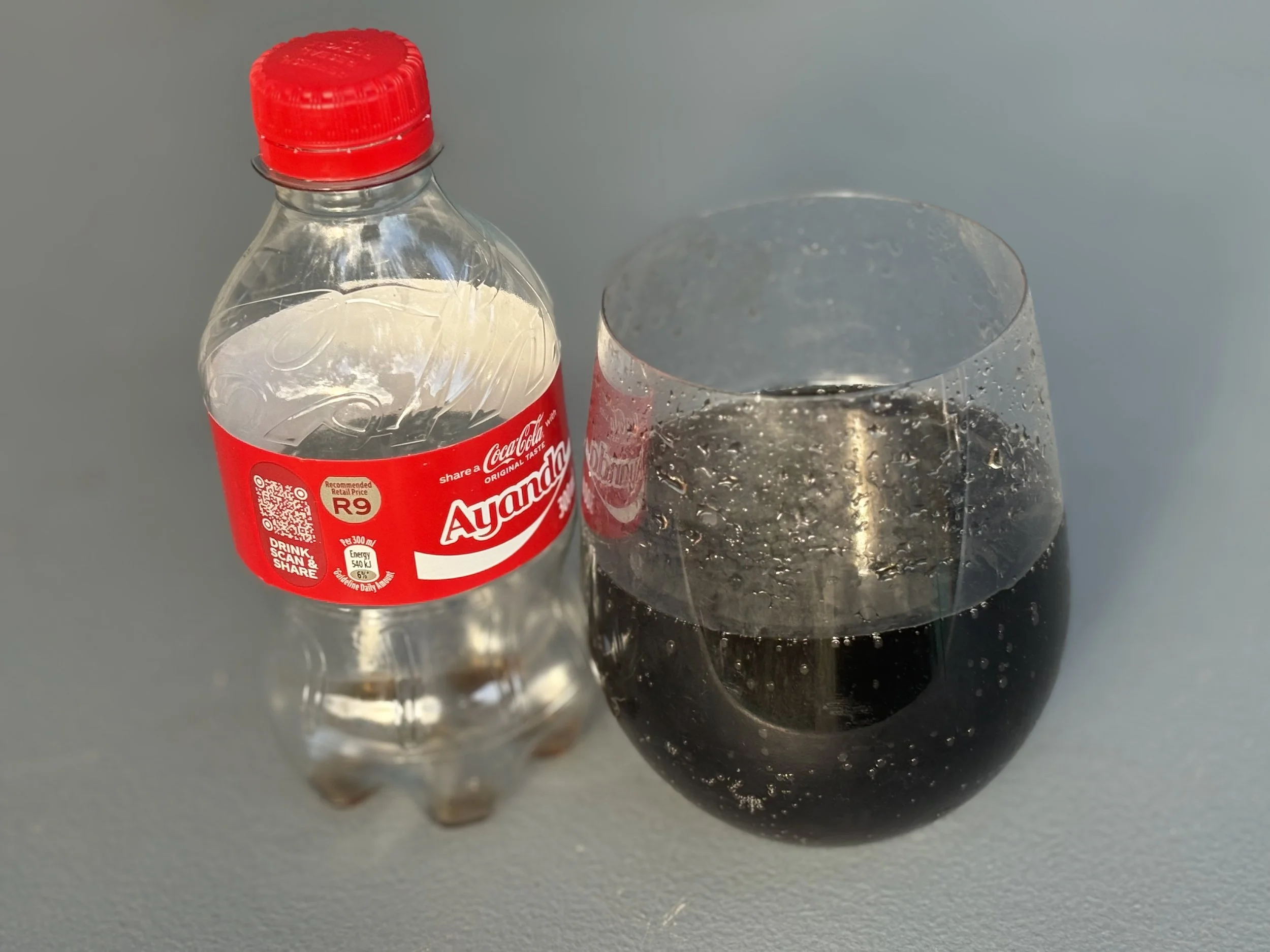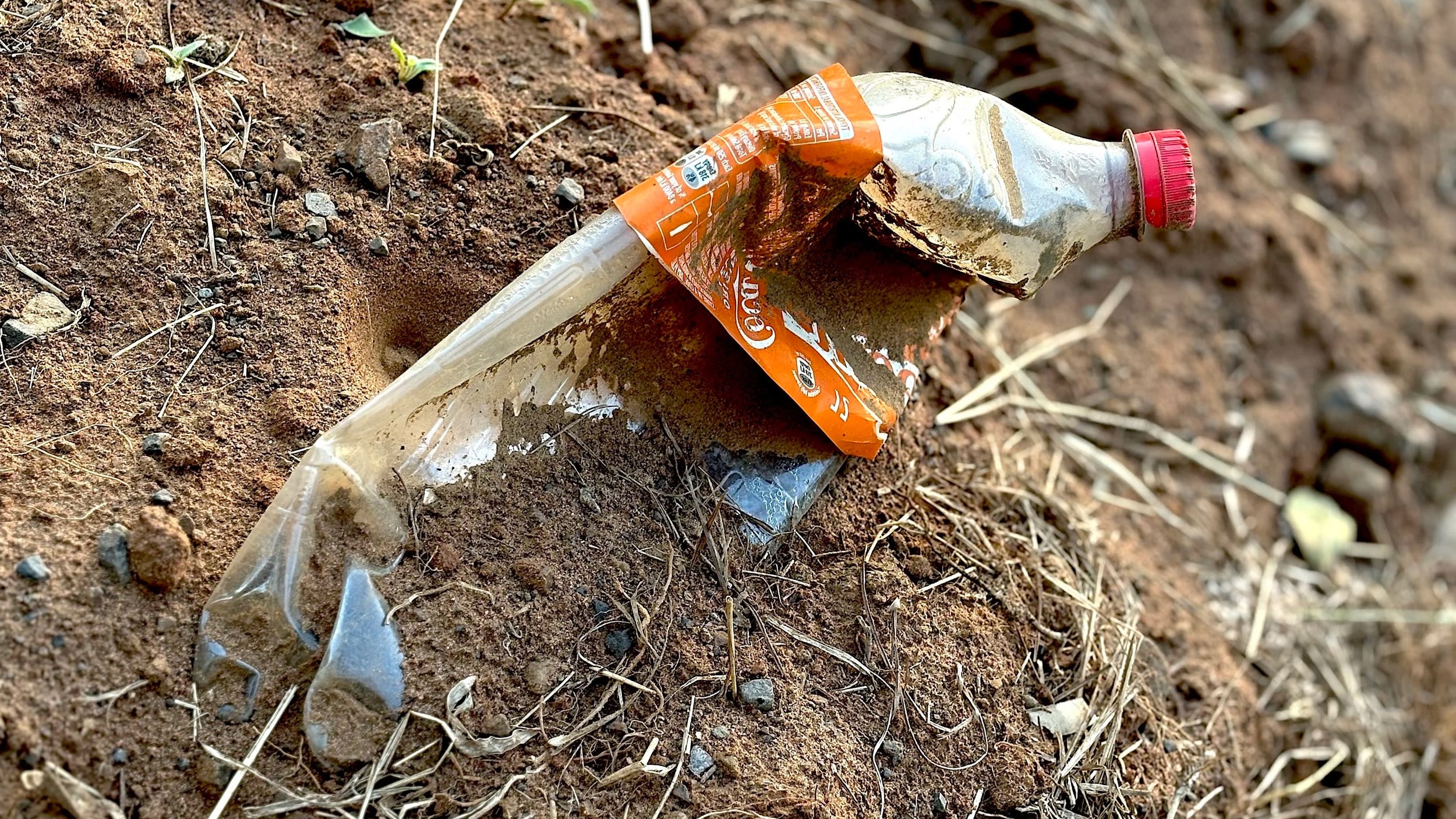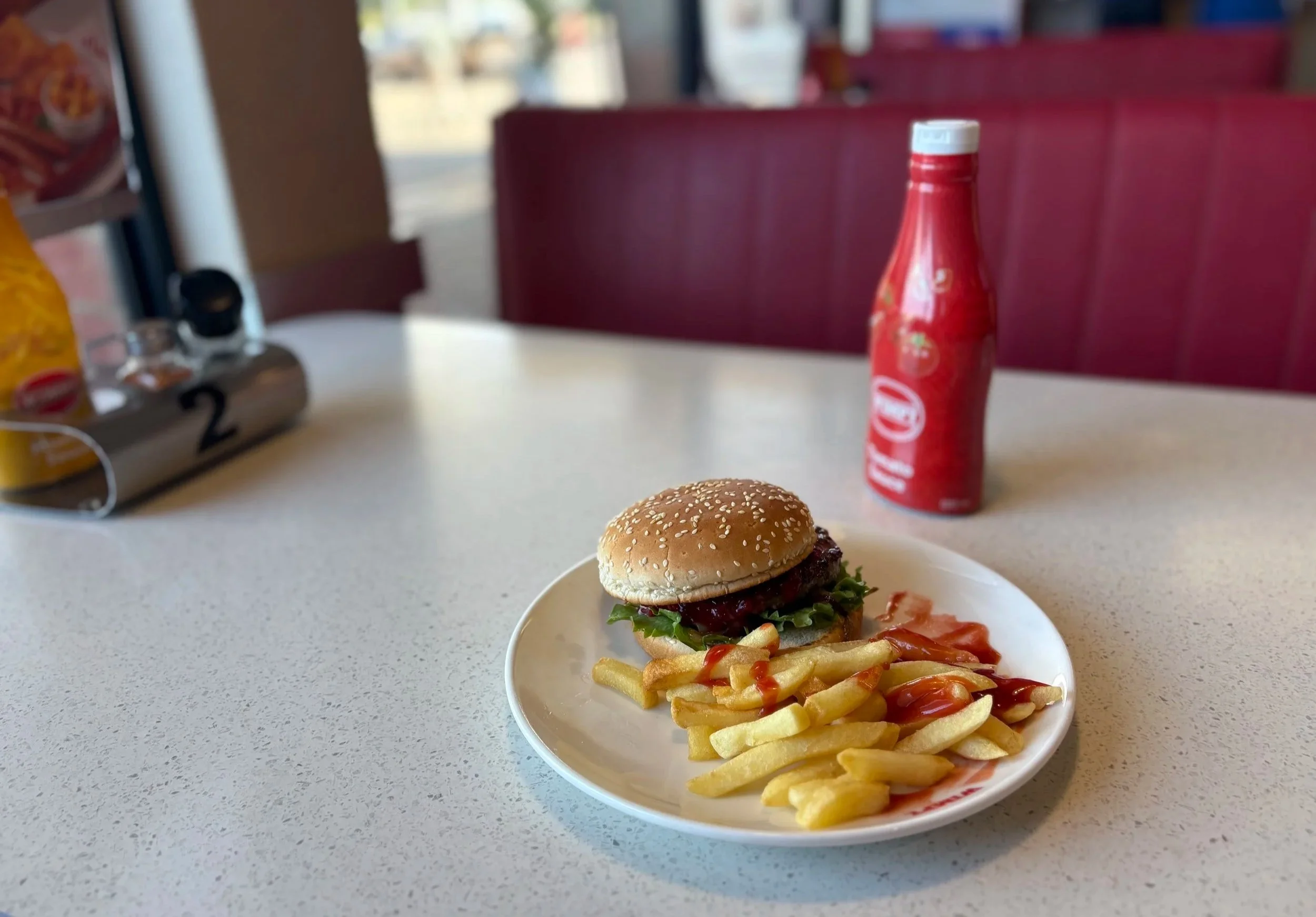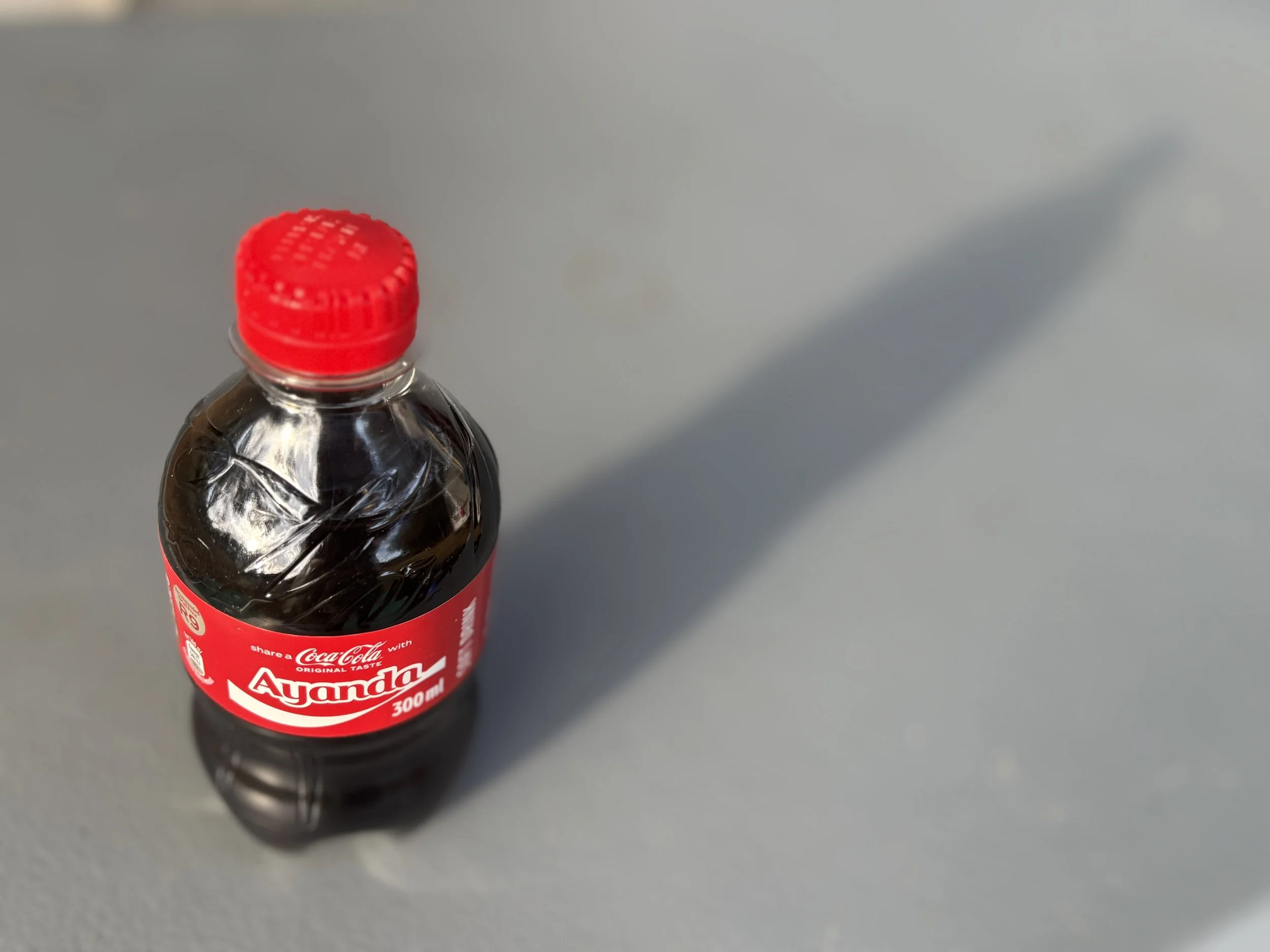
Piles of Sh*t: Corporates are at odds with our constitutional right to a healthy, safe environment
16 July 2025
Pollution comes in many forms. The story of a cattle herding community tackling single-use nappy pollution in the Eastern Cape’s communal grasslands shows up the foundational flaw in the global use-and-discard economy. Consumers are expected to mop up the pollution coming out of its tailpipe, when powerful profit-taking corporates should be turning off the pollution at source.
There are many forms of pollution harming our health and the environment: the cigarette butts that clog stormwater drains, as well as the cancerous lung tumours that grow from long-term exposure to the highly additive drug in cigarettes. The same applies to food-like products and sugary drinks — their packaging, and the disease-causing contents; plastics pollution; and fossil-derived fuels.
What if producers changed their products to be healthier for the environment and our health? What if retailers leveraged their power within the supply chain by insisting on stocking shelves with these options? Producers would have to do the responsible thing, and put long-term environmental and human health before short-term profit.
Nappies are said to live on in the environment for 50 to 500 years. But in reality, the plastic components never decompose. They break down into smaller and smaller pieces, as sun, heat or mechanical factors weaken them and tear them apart. Eventually they appear to degrade but simply become too small to see.
These micro- and nano-plastic particles keep their industrial formulation permanently and continue to circulate in the environment. They will never compost in the way that, say, paper or wood do, which break down into useful nutrients that microbes or plants can absorb and put back into the food cycle.
Because most plastic materials have a significant number of chemicals added during the manufacturing process — many of which are toxic, cancer-causing, or disrupt the endocrine system — these chemicals can leach into the environment, or into the tissue of the animals and people who may have ingested the micro-particles.
The baby will only wear the nappy for a few hours, but the nappy will outlive the baby by several lifetimes, and will join the flood of tiny plastic particles that will pollute her body through the course of her life, clogging up in her organs and even her brain.
Systems change first, individual behaviour change later: that’s the call to action from leading climate activist groups such as 350.org and Extinction Rebellion.
Back in the late 1800s, those trying to dismantle the slave economy were in a bind: they wanted to end the cruel exploitation of enslaved cotton pickers, but almost certainly had to wear clothes made from cotton picked by those very people. They took a lot of flack for that, and were regularly dismissed as hypocrites.
The same applies today with climate activists who are derided for driving cars with internal combustion engines, eating food grown through polluting industrial processes, or banking with financial institutions that loan money for gas or oil exploration and extraction.
Until the system provides more climate- and environmentally-responsible products, services and institutions, activists will have to use the polluting options.
If you leave the kitchen tap open and end up flooding the floor, do you fix the problem by continually mopping up buckets of water, or do you close the tap?
Smokers get it in the neck for flicking their cigarette butts on the ground, and rightly so. Most littering campaigns target this as a key behaviour-change leverage point.
But what if cigarette producers simply replaced plastic butts with biodegradable ones? Smokers would still need to discard their stompies responsibly. But a faster and immediately effective solution would be stop plastic butts getting into the value chain at all. This would turn the pollution off at source, rather than hoping that society can pick them up once they’ve become litter.
A 2019 litter collection survey in the Overstrand municipality in the Western Cape found that cigarette butts were by far the largest number of items coming out of their storm water drains, according to the WWF Plastics: Facts & Futures report.
Government efforts to close the tap on plastic bag pollution in South Africa through introducing a tax on grocery bags was challenged aggressively by the industry, which argued that it would cause job losses and negatively impact the economy.
This calculation ignores the cost to people and the environment when the plastic becomes pollution. This is the central flaw in the global use-and-discard economy. It allows producers to profit from selling their product — be it cigarettes, junk food, or petrol. But it “externalises” the health or environmental costs, leaving individuals or the government to pay for the cost of the pollution.
Used stompies are one form of pollution from the cigarette industry. But smoking-related lung cancer or stroke can also be seen as a form of pollution, like an oil spill in a body that’s been damaged by long-term exposure to a highly addictive substance.
Sugary and food-like products — which are engineered to be addictive and tasty, and marketed to be high-status — cause similar oil spills in people’s bodies after long-term use: obesity, complications relating to diabetes, and social stigma.
Small decisions within a company can bring about big change. Unilever’s popular Shield roll-on deodorant bottles are made from almost indestructible material. The company used to sell 50ml refill sachets to top these up, but the refills have been discontinued, according to Unilever’s media office.
Unilever didn’t say how many Shield bottles it sold while the refills were in circulation, or how many it sells now. But the corporation justified its decision by saying it had redesigned the roll-on bottle such that this reduces the amount of plastic waste going into the environment by 30%, amounting to 650 tons. That suggests that over 1,300 tons are nevertheless going into landfills from this line alone.
A roll-on bottle that’s as robust as these could be used for years. Now, every bottle is likely to be thrown out after about two months since they can’t be used for much else. With the low rate of plastic recovery in the waste system and little recycling in South Africa, most will go to landfills where they will become part of the fossil record, whatever that looks like with this compound that’s entirely novel to the planet.
Coca Cola is one of the most recognisable personalities on the planet. But once the consumer’s short-lived hit of dopamine has faded, that bottle of Coca Cola throws a long shadow.
The Coca Cola Company is the world's biggest corporate plastics polluter, producing 120 billion throwaway plastic bottles per year.
The pollution extends well beyond that. Every 1 litre of Coca Cola produces 346 grams of carbon pollution, adding up to 5.45 million tons of carbon pollution dumped into the atmosphere annually.
Sugary drinks like Coke also pollute people’s bodies. Decades of public health analysis recognise that long-term use of sugary drinks causes all manner of complications relating to overweight and obesity: wilted erections, gangrenous toes, amputated limbs, lost eyesight, and dementia, along with heart problems, tooth decay and social stigma.
The corporation has amassed huge wealth from selling an addictive product, but consumers are left to pay for the cost of their polluted and damaged bodies.
After Mexico introduced a 10% tax on sugary drinks in 2014, sales immediately dropped — by 5.5% in the first year — particularly in lower-income communities that are hit hardest by the illnesses associated with poor diets that result from living a cash-strapped life.
When South Africa proposed a similar tax, there was strong opposition from the beverage industry. Coca Cola was recently found to have had submitted manipulated and misleading “evidence” to Treasury in order to influence government decision making.
“These techniques are similar, but not identical, to those used by tobacco companies,” the researchers who made these findings wrote in the journal Globalization and Health in 2019.
‘McDonald-ization’ and ‘Coca-Colonization’. That’s how the public health community frames the cultural influence that big food and beverage corporations have in shaping and spreading the so-called “Western diet”, what is pushed aggressively by these brands.
Research also shows a direct link between the role of advertising and marketing of fast foods and fizzy drinks brands, to overconsumption. A 2011 Lancet special report on obesity called these marketing tactics ‘persuasive’, ‘pervasive’, and ‘predatory’.
The same report says that the growing problems of obesity, diabetes and other diseases globally is the ‘normal response by normal people to an abnormal environment’, and shows the role of multinational food and beverage corporations’ in creating that abnormal environment.
If you’re going to have a KitKat, just have one finger. You don’t have to eat the whole thing.
This is Nestle’s regional commutations and stakeholder engagement manager Connie Motau speaking at a University of Cambridge School for Sustainable Leadership event in 2020, where she explained how Nestle packages its products in a way that they say helps consumers make healthier choices: by putting nutritional and calorific information on the product, selling it in bite-sized portions, and so on.
This is a common framing by corporates, where they confer blame on consumers whom they argue need to exert willpower and moral backbone so that they can take responsibility for being healthful users of these products. This position ignores the overwhelming evidence that shows how many of these food-like products are deliberately formulated to be addictive, highly tasty, and binge-able. Many ultra-processed foods contain chemical additives that override the brain’s natural eating off-switch, leading to over-consumption.
Nestle positions itself as a ‘leading nutrition, health, and wellness organisation’ which is at odds with the fact that the bulk of its products are highly processed food-like products and which food and nutrition experts would not define as food.

